Let’s work together
We’d love to hear from you! Send us a message using the form, or email us.

Monday - Friday
9:00am - 6:00pm
Saturday-Sunday
9:00am - 6:00pm
Here are some of the design principles we keep in mind when we are starting to design your garden from scratch.
They are in no particular order, but just principles that we keep in mind to help ensure your garden is a success.
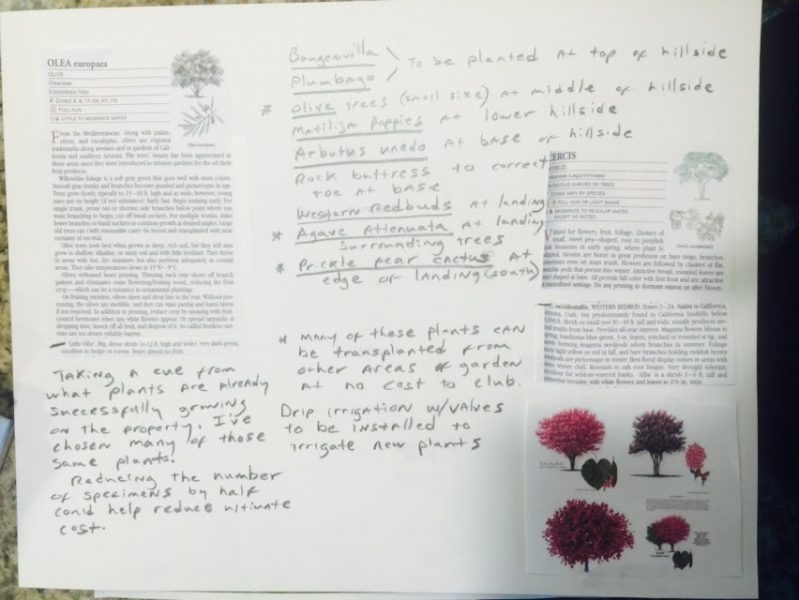
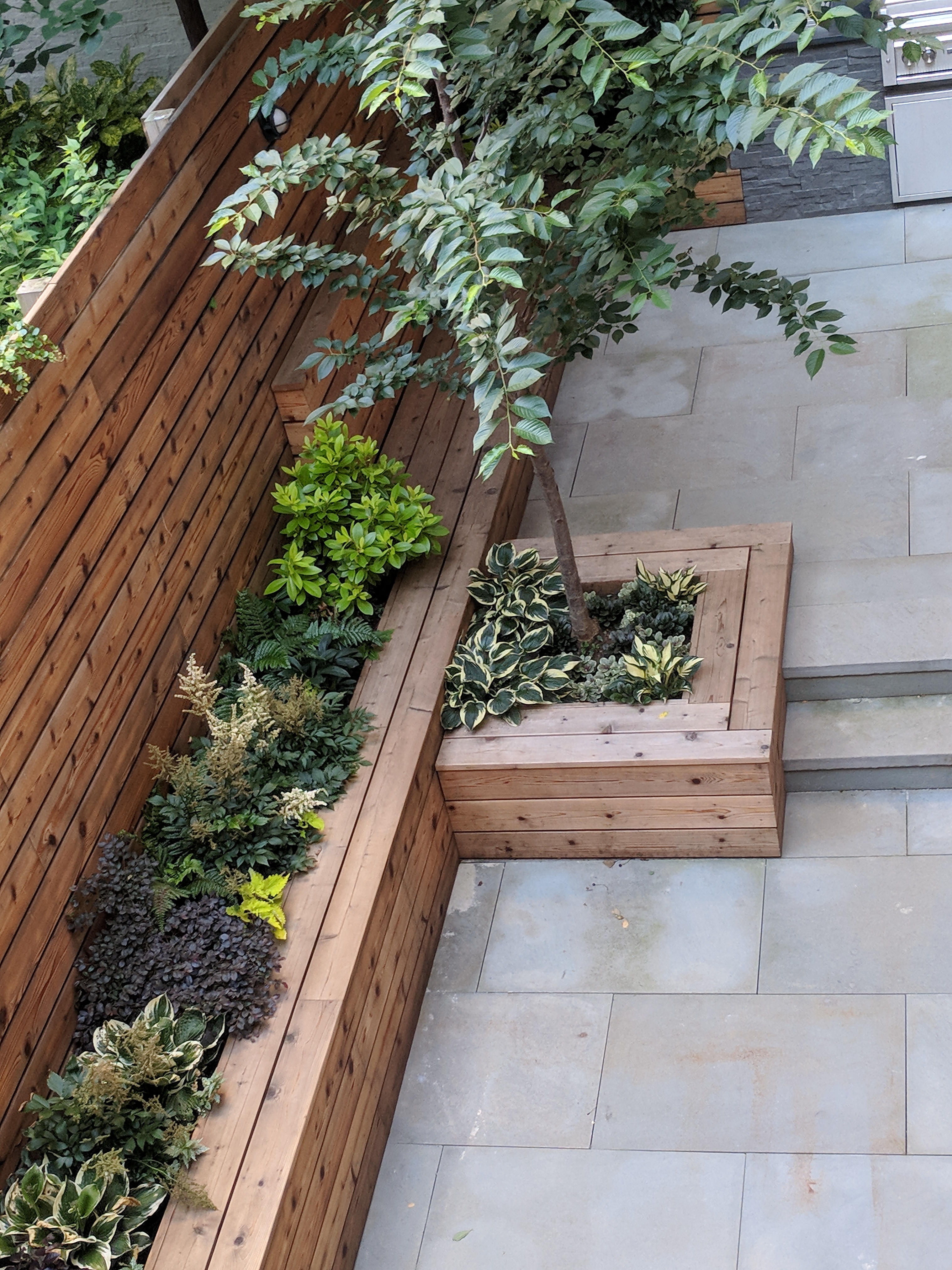
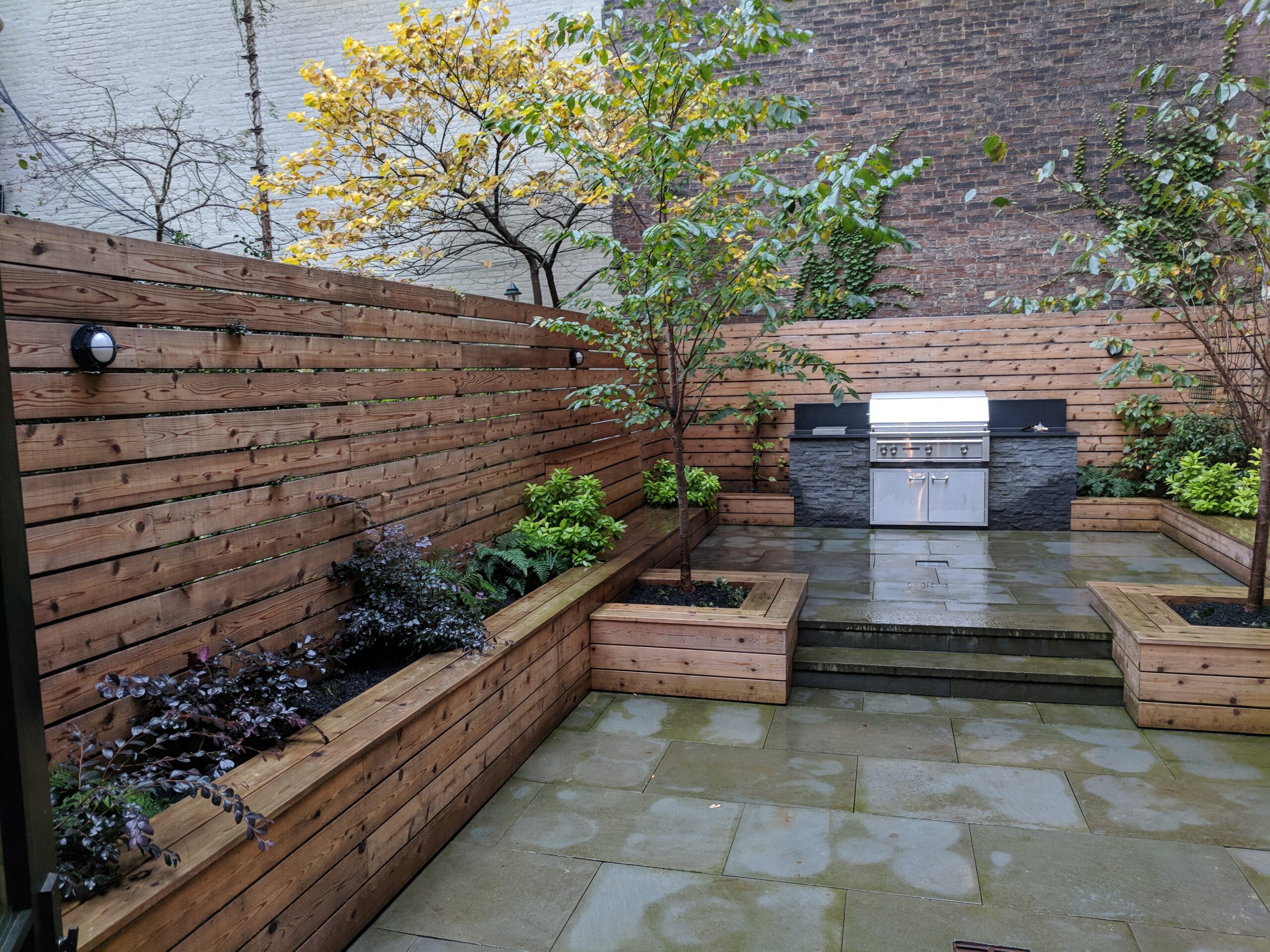
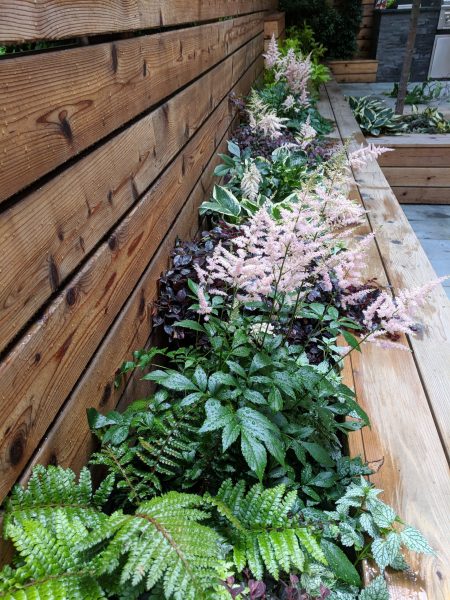
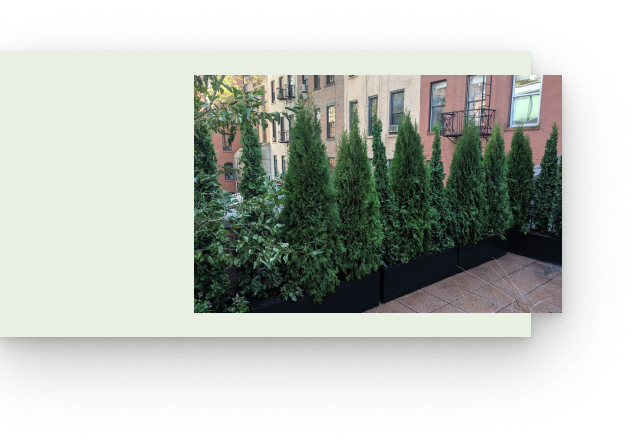

How many times have you seen a garden and you didn’t know where to look? There was either too much going on, or not enough; a plant here and a plant there, nothing seemed coherent. We do read gardens with our eyes. And if the garden isn’t unified, it feels sloppy and disorganized. When colors and patterns are repeated, it’s easier on the eye. It’s all about using color, shapes, sizes, and textures to bring everything in the garden together and, in doing so, creating a unified look that is pleasing to the eyes.

What shape will your garden take? Will there be square pavers surrounded by other boxwoods and topiary ligustrums? Or will there be conical trees with spruces and thujas pointing toward the sky? Maybe you’ll opt for a less formal look, something along the lines of “orchestrated chaos.” Everything in the garden has a form: the patio, the building itself, the trees toward the back of the property. If form doesn’t already exist in the garden, we know great ways to help.
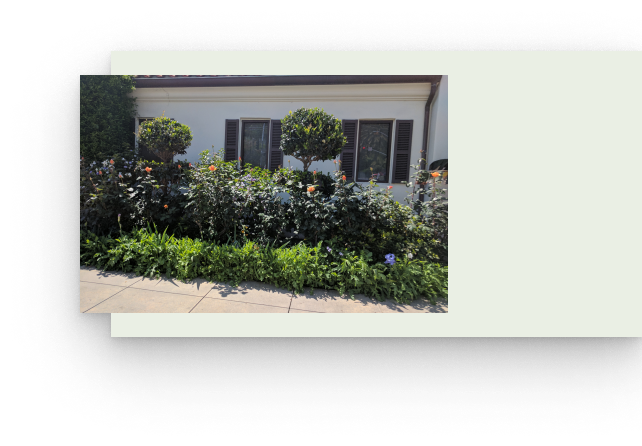
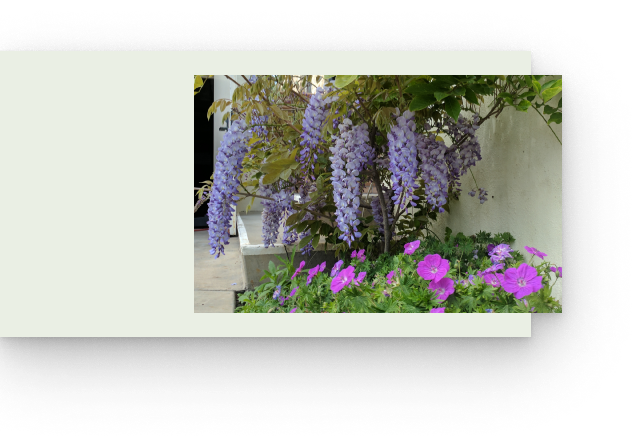

Sometimes you visit a backyard garden or rooftop terrace and there’s a big tree on the left with planters, and you look to the right and there’s a small single pot with a shrub. This can make for a very unbalanced garden. There may even be a fully mature tree listing to one side, due to imbalance. This can be very dangerous, especially if the ground is heaving as a result. We can help.

This is a term you frequently hear in interior design. “Harriet, the lamp is out of scale for the size of the living room.” It’s about proportion. The same holds in landscaping. If there’s a huge backyard with no existing plants (unlikely), you wouldn’t want tiny annual flowers all over, and nothing else, as colorful as that may be. The plant size needs to be in proportion to the size of the garden. On the flip side, many landscapers will encourage you to buy huge specimens (this is where money is made). That may help when planting trees and may anchor your garden, but not every plant specimen needs to be enormous. Nor do you need dozens and dozens of plants for a given space. I call this “cramscaping,” and it’s a very unhealthy habit. You have to allow the plants space and proper air circulation or your garden will be inundated with insects and brown growth. The Brownstone Gardener does NOT cramscape!
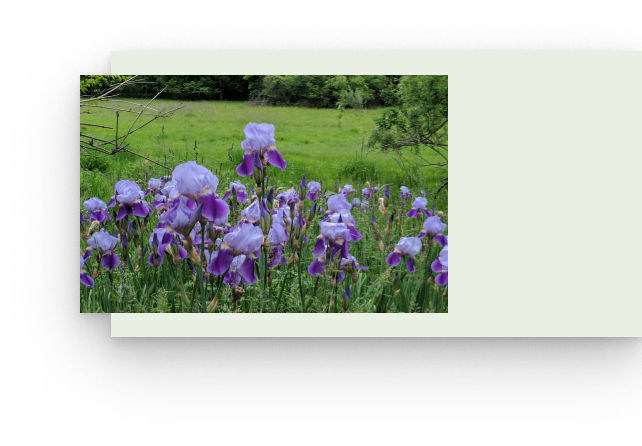
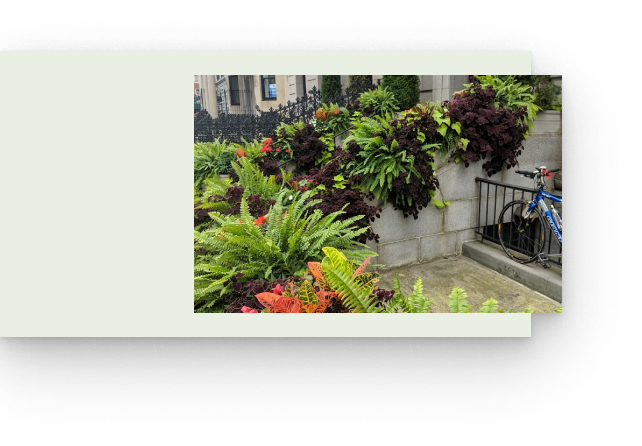

Sequence, as this element is often called (implying there’s an orderly way of landscaping), was never my favorite choice of words. I prefer the term segue, as it seems less linear and describes a wider variety of changes. The plants in your beds or containers/planters should segue gradually in terms of form, texture, height, etc. To have a pot full of four-foot sunflowers and then a pot with trailing ivy geraniums in the next is jarring. Gentle, easy segues are best in a garden.

This creates interest. To decide you just want birch trees and pachysandra is okay, but (big yawn) not very interesting. After looking at that garden for three minutes, I’d want to head inside to play some backgammon. That’s not to say you need twenty different kinds of plants, quite the contrary. Depending on the size of your space, limiting your selection to five or seven different plants makes for a more interesting palette. Visitors to this garden might be so intrigued, they may ask to bring their drinks and backgammon board out to the patio. I know I would.
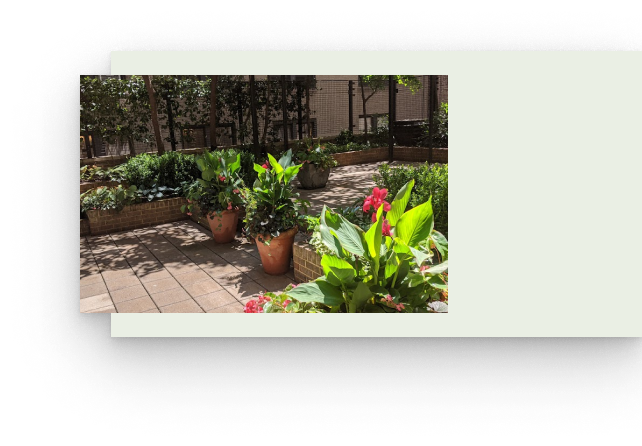
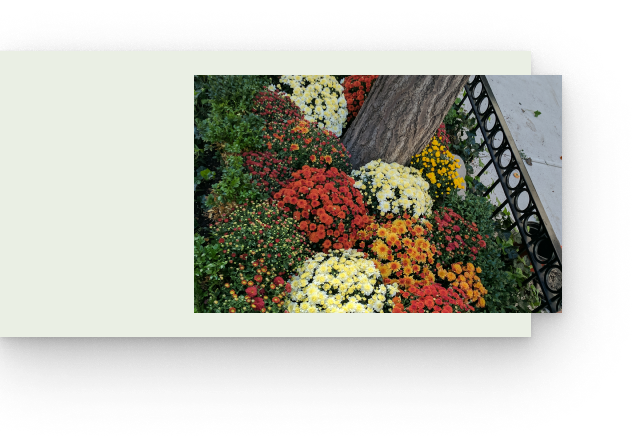

Have you ever had a conversation at a cocktail party and the impatient person listening finally says, “So what’s your point?” (Oops, guess I was rambling.) Gardens can ramble too, if they lack focus. Your garden should have a point. By that, I mean, how will the garden truly reflect you as the owner of this space? What will be its emphasis? Maybe you have some great statuary that you want to incorporate as your emphasis. Or perhaps you are blessed in having one of the oldest oak trees in the neighborhood and want the best up-lighting possible. The emphasis may be as simple as a birdbath centered at the very back of your garden. Or maybe you want the emphasis to be a garden that attracts butterflies or birds. It’s yours to decide, and we’re here to guide you along.
We’d love to hear from you! Send us a message using the form, or email us.

Monday - Friday
9:00am - 6:00pm
Saturday-Sunday
9:00am - 6:00pm